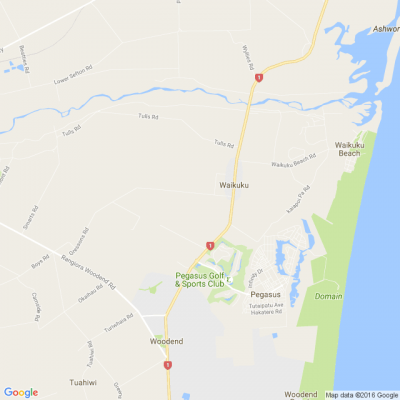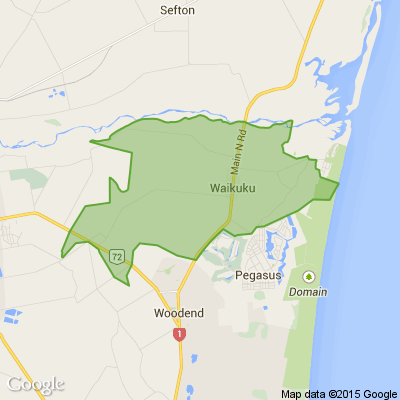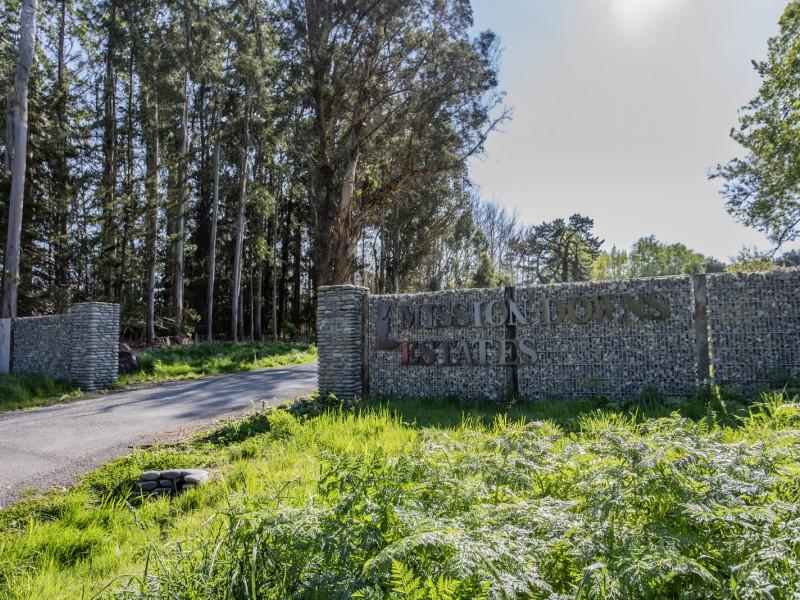From field to felt: uncovering the story of the Anzac Poppy
Every year without fail, the red blooms appear on politicians' jackets and in street appeals - but have you ever wondered where they came from?
For many younger New Zealanders, the poppy could seem to be a symbol of Anzac pride. However, it had little to do with the Anzacs at first, but was rather originally conceived for an American audience.
The symbol of the poppy itself comes from Lieutenant Colonel John McCrae's famous WW1 poem 'In Flanders fields', which begins with the opening lines: "In Flanders fields the poppies blow, between the crosses row on row".
It was these moving verses which inspired American war secretary Moina Michael to use red silk poppies as a symbol of remembrance.
After campaigning for two years to get the symbol recognised nationally, the poppy was adopted by the National American Legion as their official symbol at a conference in 1920.
Attending this conference was Frenchwoman Anna A Guérin, who saw the potential to sell poppies and put the proceeds towards caring for veterans, their families and poor children. She also had the foresight to take it beyond America to Canada, the UK, Australia and New Zealand.
After her representative Colonel Alfred Moffatt suggested the idea to the RSA in September 1921, a motion was passed and the RSA placed the first order for poppies.
Like the other countries, the RSA was planning to hold its first annual Poppy Appeal around Armistice Day (November 11): however, thanks to the French ship carrying the poppies arriving late, the decision was made to delay sales until Anzac Day, 1922.
The first Poppy Appeal was a huge success, birthing the tradition where poppies go on sale in the weeks before Anzac Day and thus tying them to the day forever.
While the poppies were originally sourced from France, the RSA began producing its own in 1931, which were made by former servicemen in Auckland and Christchurch. Production was to go offshore again in 2010: however, this proved controversial and the contract eventually returned to Christchurch for the period from 2014 to 2019.
As poppies reappear this year, take a moment to remember their long journey and how they help the very organisation caring for our soldiers.
Yet more importantly, like the generations before us moved by McCrae's poem, remember those Flanders fields and what the symbol truly stands for - to never forget.
Story by Jordan Gowan
Thanks to these local businesses:
Clarkville Stockfeeds
Duckworth Fencing
Canterbury Financial Services

Poll: Do you think NZ should ban social media for youth?
The Australian Prime Minister has expressed plans to ban social media use for children.
This would make it illegal for under 16-year-olds to have accounts on platforms including TikTok, Instagram, Facebook and X.
Social media platforms would be tasked with ensuring children have no access (under-age children and their parents wouldn’t be penalised for breaching the age limit)
.
Do you think NZ should follow suit? Vote in our poll and share your thoughts below.

-
85.5% Yes
-
13.4% No
-
1.1% Other - I'll share below
What's your favourite recipe for courgettes?
Kia ora neighbours. If you've got a family recipe for courgettes, we'd love to see it and maybe publish it in our magazine. Send your recipe to mailbox@nzgardener.co.nz, and if we use it in the mag, you will receive a free copy of our January 2025 issue.

Waimakariri district plan faces more delays amid changing rules
By David Hill, Local Democracy Reporter
Changing Government legislation is causing headaches for council staff, as Waimakariri’s new District Plan is set to be delayed again.
Waimakariri District Council development planning manager Matt Bacon said he was relieved when the last of the public hearings ended last week.
But with final council reports due on December 13, staff will have just two working days to present the final District Plan on December 17. A district plan helps to control and manage the development of the district or city.
‘‘We are working through what it looks like and we will update the council at its meeting on December 3,’’ Bacon said.
‘‘But we will likely seek another extension from the environment minister and the Resource Management Act (RMA) minister.’’
The council first notified its draft District Plan in September 2021, but within months legislation was introduced with new medium density residential housing standards (MDRS).
‘‘We needed to call for further submissions and we had to create a separate hearing panel to consider the plan variations to allow for the MDRS,’’ Bacon said.
‘‘We have tried to merge the process as much as possible, as well as looking at re-zoning and incorporating other new legislation.’’
When the draft plan was first notified there was no National Policy Statement (NPS) for Indigenous Biodiversity, but an NPS was introduced - and then replaced.
The Natural and Built Environment Act came into being last year and then repealed, and then there is the NPS on Urban Development and the Greater Christchurch Spatial Plan.
The Government is now working on more RMA reforms and Environment Canterbury is working on the Canterbury Regional Policy Statement.
And then there is the Fast-Track Approvals Bill, which includes three proposed housing developments in Waimakariri - two of them outside of the future urban development areas identified in the Greater Christchurch Spatial Plan.
All three housing developments in the Bill have been included in submissions to the District Plan, including a proposed 850-home development at Ohoka, near Rangiora, which is also subject to an Environment Court appeal.
‘‘We haven’t seen the detail, so whether it is the same proposals, we don’t know, but they are different processes so we have to just keep doing what we are doing, until we are told otherwise,’’ Bacon said.
‘‘It might just be a timing thing, but we just don’t know.’’
Bacon said delaying the District Plan until new legislation is in place is not an option.
‘‘We are looking at what we can control and having a watching brief, and we will look at transitional timings because we don’t always have to immediately change planning documents when new legislation comes in.’’
Planning manager Wendy Harris said navigating changing Government legislation is a normal part of council planning work.
‘‘If we waited we wouldn’t do anything and we would go nowhere.’’
■ LDR is local body journalism co-funded by RNZ and NZ On Air.









 Loading…
Loading…




















